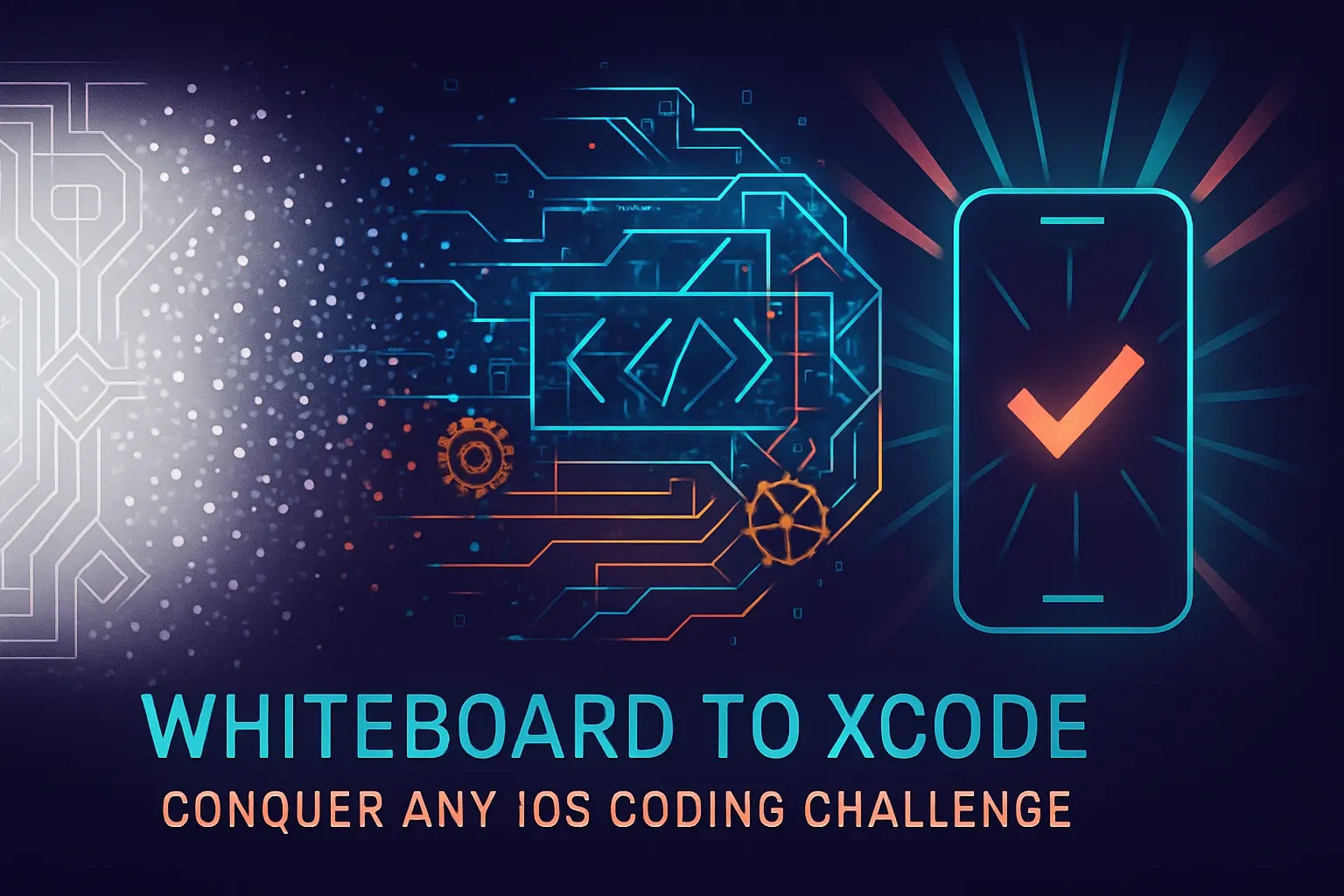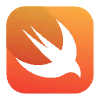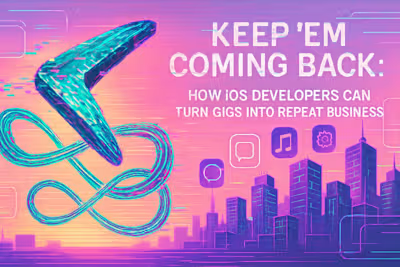Whiteboard to Xcode: Conquer Any iOS Coding Challenge

Whiteboard to Xcode: Conquer Any iOS Coding Challenge
The 5-Step Framework for Acing Any Coding Challenge
Step 1: Listen, Clarify, and Understand
Step 2: Brainstorm and Whiteboard a High-Level Plan
Step 3: Write Pseudocode
Step 4: Translate to Clean Code in Xcode
Step 5: Test, Analyze, and Refactor
Common Types of iOS Coding Challenges
Data Structures and Algorithms
UI-Focused Challenges
API Integration and Asynchronous Tasks
Communicating Your Thought Process: The Meta-Skill
Thinking Out Loud
Receiving Feedback Gracefully
Conclusion
References
Whiteboard to Xcode: Conquer Any iOS Coding Challenge
The coding challenge is a cornerstone of the iOS developer interview process. It's designed to test not just your coding ability, but your problem-solving skills, communication, and thought process. Many developers find this part intimidating, but with the right framework, you can turn it into an opportunity to shine. After preparing for the technical interview questions, it's time to focus on applying that knowledge in a practical setting. This guide will provide a step-by-step process to deconstruct any problem, from the initial whiteboard sketch to the final, polished Xcode project, and will also touch upon the soft skills that make a big impact in demonstrating your value as a team member.
Whether you're looking to find your next iOS developer role or preparing for an upcoming interview, mastering the coding challenge is essential. The good news? With practice and the right approach, you can walk into any technical interview with confidence.
The 5-Step Framework for Acing Any Coding Challenge
Success in a coding challenge comes from a systematic approach, not just raw coding speed. Following a consistent framework helps you stay calm, organized, and focused on delivering a great solution.
Think of it like building an app. You wouldn't jump straight into coding without understanding the requirements, right? The same principle applies here. Let's break down each step of this proven framework that will help you tackle any coding challenge thrown your way.
Step 1: Listen, Clarify, and Understand
Before writing a single line of code, make sure you fully understand the prompt. Repeat the problem back to the interviewer in your own words. Ask clarifying questions about edge cases, input constraints, and expected output. This shows you're thoughtful and methodical.
Here's what this looks like in practice. Say the interviewer asks you to "reverse a string." Instead of immediately coding, you might respond: "So I need to take a string like 'hello' and return 'olleh'. Should I handle empty strings? What about strings with special characters or emojis?"
Key questions to ask:
What are the input constraints? (Size limits, data types)
How should I handle edge cases? (Empty inputs, nil values)
Are there performance requirements?
Can I use built-in Swift methods or should I implement from scratch?
This phase typically takes 5-10 minutes, and it's time well spent. I've seen candidates fail challenges simply because they misunderstood the requirements and solved the wrong problem.
Step 2: Brainstorm and Whiteboard a High-Level Plan
This is where you think out loud. Discuss potential approaches, data structures, and algorithms. Use the whiteboard to sketch out your logic and data flow. It's better to find a flaw in your logic here than halfway through coding. This demonstrates your problem-solving process before you get into the details of implementation.
Let's continue with our string reversal example. You might say: "I see two main approaches here. I could convert the string to an array, use Swift's built-in reverse method, then join it back. Or I could iterate through the string from both ends, swapping characters until I meet in the middle."
Draw it out on the whiteboard:
Don't worry about perfect diagrams. Simple boxes and arrows work great. The goal is to visualize your thinking and catch any logical errors early.
Step 3: Write Pseudocode
Translate your high-level plan into pseudocode on the whiteboard. This bridges the gap between your abstract idea and the actual code. It allows you and the interviewer to review the logic step-by-step without getting bogged down by syntax.
Your pseudocode might look something like this:
Notice how the pseudocode captures the algorithm without worrying about Swift-specific syntax. This makes it easy to spot issues and discuss alternatives with your interviewer.
Step 4: Translate to Clean Code in Xcode
With a solid plan and pseudocode, you can now confidently start coding. Write clean, readable code. Use meaningful variable names and break down the problem into smaller functions. Explain what you're doing as you go.
Here's how you might implement the string reversal in Swift:
As you type, narrate your actions: "I'm using guard to handle the nil and empty cases early. Now I'm converting to an array because Swift strings don't support direct index access..."
Step 5: Test, Analyze, and Refactor
Once you have a working solution, don't stop. Test it with the examples provided and any edge cases you identified. Discuss the time and space complexity of your solution (Big O notation). If there's time, suggest or implement optimizations.
Run through test cases:
reverseString("hello") → "olleh" ✓reverseString("") → "" ✓reverseString(nil) → nil ✓reverseString("a") → "a" ✓reverseString("🎉Swift") → "tfiwS🎉" ✓Then analyze: "This solution has O(n) time complexity since we visit each character once, and O(n) space complexity because we create a new array. If we needed to optimize for space, we could..."
Common Types of iOS Coding Challenges
While problems vary, they often fall into several common categories. Practicing these types of challenges will prepare you for what to expect.
Understanding these categories helps you recognize patterns and apply familiar solutions to new problems. Let's explore the most common types you'll encounter.
Data Structures and Algorithms
These are classic computer science problems. Be prepared for questions involving arrays, strings, linked lists, dictionaries, and trees. Common tasks include sorting, searching, and manipulation.
Array challenges often involve:
Finding duplicates or unique elements
Merging sorted arrays
Rotating arrays
Finding the maximum subarray sum
String challenges might include:
Palindrome checking
Anagram detection
Pattern matching
String compression
Dictionary (HashMap) problems typically involve:
Two-sum problems
Frequency counting
Grouping anagrams
Finding pairs with specific properties
Here's a quick example of a common array problem:
The key to these challenges is recognizing which data structure gives you the best performance for the operation you need.
UI-Focused Challenges
These tasks involve building a piece of UI, either programmatically or using Interface Builder/SwiftUI. You might be asked to replicate a screen from a design, implement a custom animation, or create a responsive layout.
Common UI challenges include:
Building a custom collection view layout
Creating a reusable component
Implementing gesture recognizers
Animating view transitions
For example, you might be asked to create a simple profile card:
When tackling UI challenges, focus on clean architecture, reusability, and proper constraint management.
API Integration and Asynchronous Tasks
A very practical challenge where you need to fetch data from a sample API, parse the JSON response, and display it in a list or table view. This tests your knowledge of networking, concurrency (async/await), and data handling.
These challenges often involve:
Making network requests
Parsing JSON into model objects
Handling errors gracefully
Updating UI on the main thread
Implementing proper loading states
Here's a typical example using modern Swift concurrency:
The key here is demonstrating proper error handling, understanding of async/await, and clean separation of concerns.
Communicating Your Thought Process: The Meta-Skill
The coding challenge is as much about communication as it is about code. Interviewers want to see how you think and collaborate. A silent coder, even one who gets the right answer, is a red flag.
Remember, the interviewer isn't just evaluating your final solution. They're assessing whether you'd be a good teammate, how you approach problems, and how you handle pressure.
Thinking Out Loud
Narrate your thought process. Explain the trade-offs you're considering ('I could use a dictionary for faster lookups, but it would use more memory'). This gives the interviewer insight into your decision-making.
Good communication sounds like:
"I'm considering two approaches here..."
"This would be O(n²), which might be too slow for large inputs"
"Let me trace through this with a small example"
"I'm choosing this data structure because..."
Avoid:
Long silences while you think
Jumping to code without explanation
Dismissing alternative approaches without consideration
Getting defensive about your choices
"So we need to find if two strings are anagrams. My first thought is to sort both strings and compare them - that would be O(n log n). But actually, since we're dealing with characters, I could use a frequency map instead. That would be O(n) time but use O(k) space where k is the number of unique characters. Given that we're probably dealing with ASCII or Unicode, the space is bounded, so I think the frequency map approach is better."
Here's an example of good narration during problem-solving:
Receiving Feedback Gracefully
The interviewer might offer a hint or a suggestion. Treat this as a collaborative effort. Listen to their input, evaluate it, and incorporate it if it makes sense. This shows you're coachable and a good team player.
When an interviewer provides feedback:
Listen actively: "I see what you're saying about the edge case..."
Consider genuinely: "That's a good point. Let me think about how that changes my approach..."
Respond thoughtfully: "You're right, that would be more efficient. Let me refactor..."
If you disagree with a suggestion, explain your reasoning politely: "I considered that approach, but I'm concerned about the memory usage with large inputs. What do you think?"
Remember, interviews are conversations, not exams. The best candidates make it feel like a collaborative problem-solving session.
Conclusion
Mastering iOS coding challenges isn't about memorizing solutions - it's about developing a systematic approach and strong communication skills. The five-step framework we've covered gives you a reliable process to tackle any problem: understand, plan, pseudocode, implement, and test.
Practice these techniques regularly. Work through problems on platforms like LeetCode or HackerRank, but don't just solve them silently. Talk through your solutions out loud, even when practicing alone. Time yourself to get comfortable with interview constraints.
Most importantly, remember that interviewers want you to succeed. They're looking for teammates who can think clearly, communicate well, and write clean code. Show them your process, not just your final answer.
With preparation and the right mindset, you can transform the coding challenge from an intimidating hurdle into an opportunity to demonstrate your skills. Now grab that whiteboard marker with confidence - you've got this!
References
Like this project
Posted Jul 6, 2025
Master the art of the iOS coding challenge. Learn a step-by-step framework for problem-solving, from whiteboard brainstorming to implementing clean, efficient code in Xcode.









